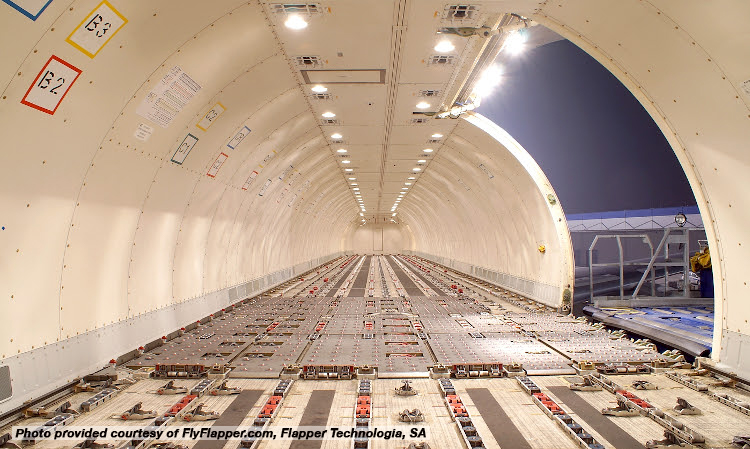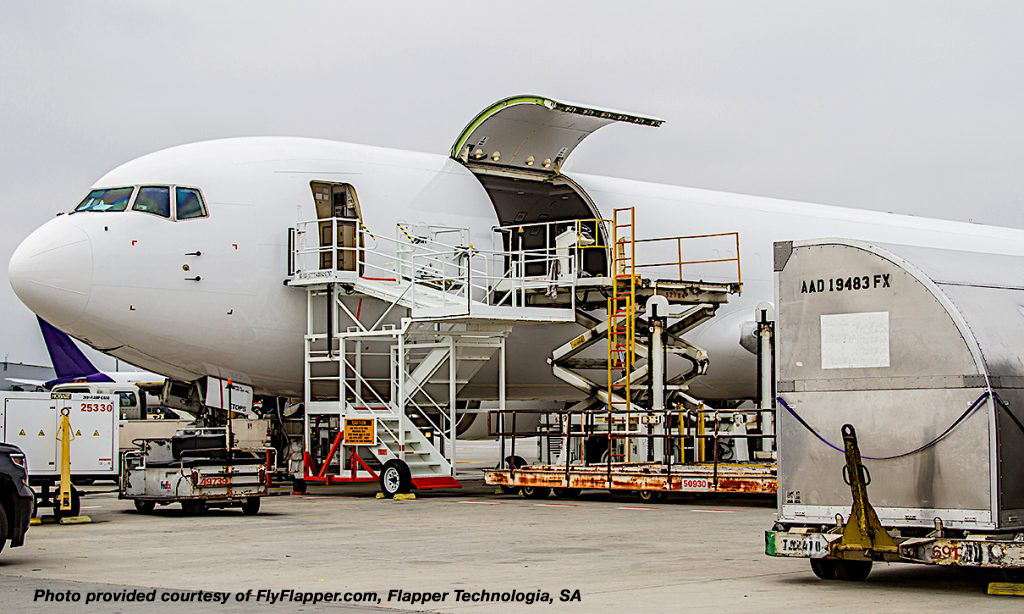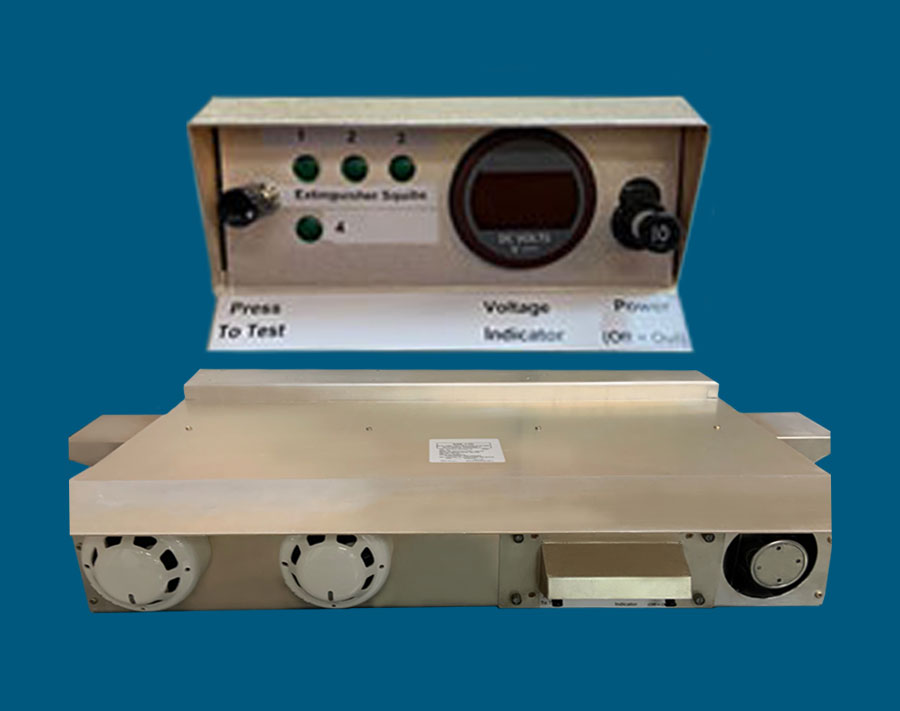

The Appliance Fire Protection System from Advanced Aircraft Extinguishers, Ltd is an autonomous fire protection system appliance that provides smoke detection and fire suppression for containers, rooms, cabinets, stations, or compartments that are not monitored.
The National Transportation Safety Board (NTSB) recommends “the installation and use of active fire suppression systems in all aircraft cargo compartments or containers, or both, such that fires are not allowed to develop.” Ref. National Transportation Safety Board, Washington, D.C. 20594, Safety Recommendation dated November 28, 2012, A-12-68 through 70.
The Appliance is not mechanically or electrically connected to – or dependent on – any other system. The Appliance detects smoke and discharges an aerosol agent that completely floods the containment area. The amount of aerosol can be sized to fit any compartment. The Appliance can send signals to a separate monitoring station. The Appliance can receive signals from other sequential fire protection systems. Its rugged construction provides a long service life.
The Appliance is equipped with two single-channel smoke detectors. One detector provides the “A” loop, and the other detector provides the “B” loop. An alarm is indicated when both detector channels sense smoke. When an alarm is indicated by the detectors, a signal is sent to the Appliance’s Control Panel. The Control Panel immediately (less than 5 seconds) discharges each of its aerosol containers. The total amount of aerosol agent completely floods the area to be protected.
Watch The Appliance Suppress Class A and Extinguish Class B Fires
Click the 4-arrow icon to enlarge the window size of either slideshow below. Then click the Play arrow to begin. When finished viewing, click the 4-arrow icon again to reduce the slideshow window size. To repeat a slideshow, click the Play arrow again.
Successfully Suppresses a Class A “Deep-Seated” Fire
Successfully Extinguishes a Class B “Fuel” Fire
Applications
- Aircraft Cargo Operations – Containers
- Electrical Cabinets
- Renewable Energy (Wind Turbines)
- Buses / Trains / Boats
- Storage Cabinets
- Manufacturing Warehouses
- Intermodal Shipping Plant Rooms
- Power Stations
- Mechanical / Electrical Control Rooms
- Drones
- Commercial / Military Aircraft Applications
Specifications
- Classes of Fire (NFPA 2010): Class A, Class B, Class C
- Power Requirements: 12-Volt Lithium Iron Phosphate
- Battery Dimensions: 27″ W x 19″D x 5.5″ H
- Appliance Weight: 34.0 (+/- 0.10) lb
- Self-Activation Temperature of Aerosol-Generating Solid Compound: 300
Environmental Parameters
- Ozone Depletion Potential: Zero
- Global Warming Potential: Zero
- Atmospheric Life Time Negligible
- Aerosol Discharge Time: Seconds (Min.) to 10 seconds (Max.)
Testing has shown conclusively that:
- The Appliance’s smoke detectors will respond “within 60 seconds of initiation of a small amount of smoke as described in U.S. FAA Advisory Circulars AC 25-9A and in AC 25-22, Paragraph 39 (§25.858).”
- In an aircraft application, performance testing by AAE shows the AAE FPS Appliance provides notification to the cockpit crew in 8-20 seconds.
- Discharge of the aerosol from the Appliance’s extinguishers occurs in less 5 seconds after detection.
- Discharge of the aerosol from the Appliance’s extinguishers will completely flood the containment area within 60 seconds.
- Discharge of the aerosol from the Appliance’s extinguishers will not cause structural damage to surrounding structures.
- The Appliance’s Suppression System will perform its intended function on “a realistic fire threat under realistic environmental conditions.”


